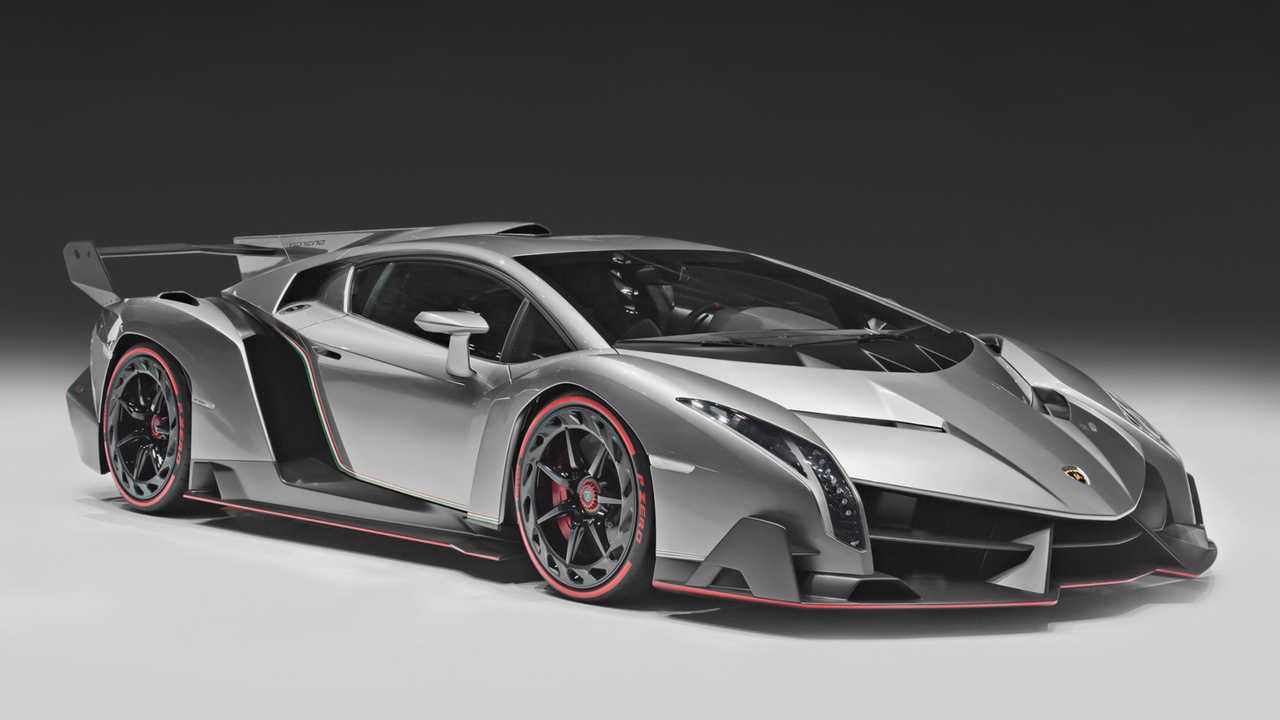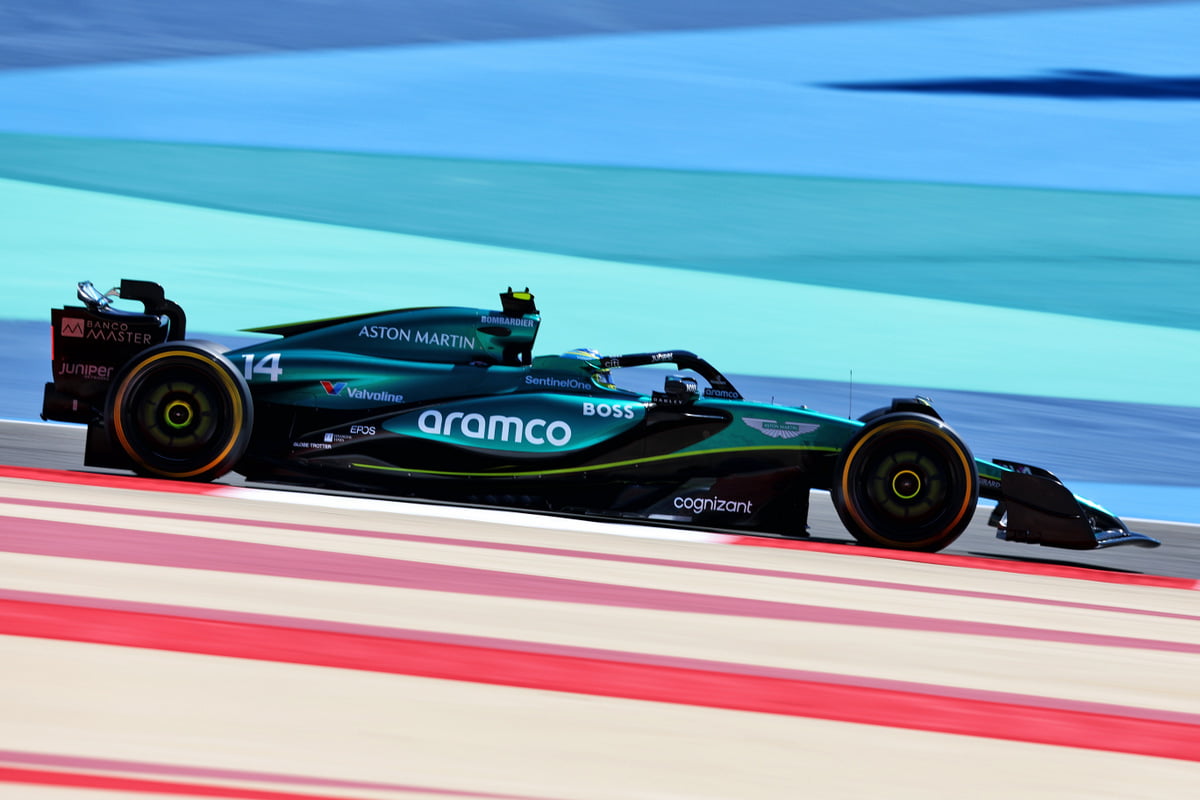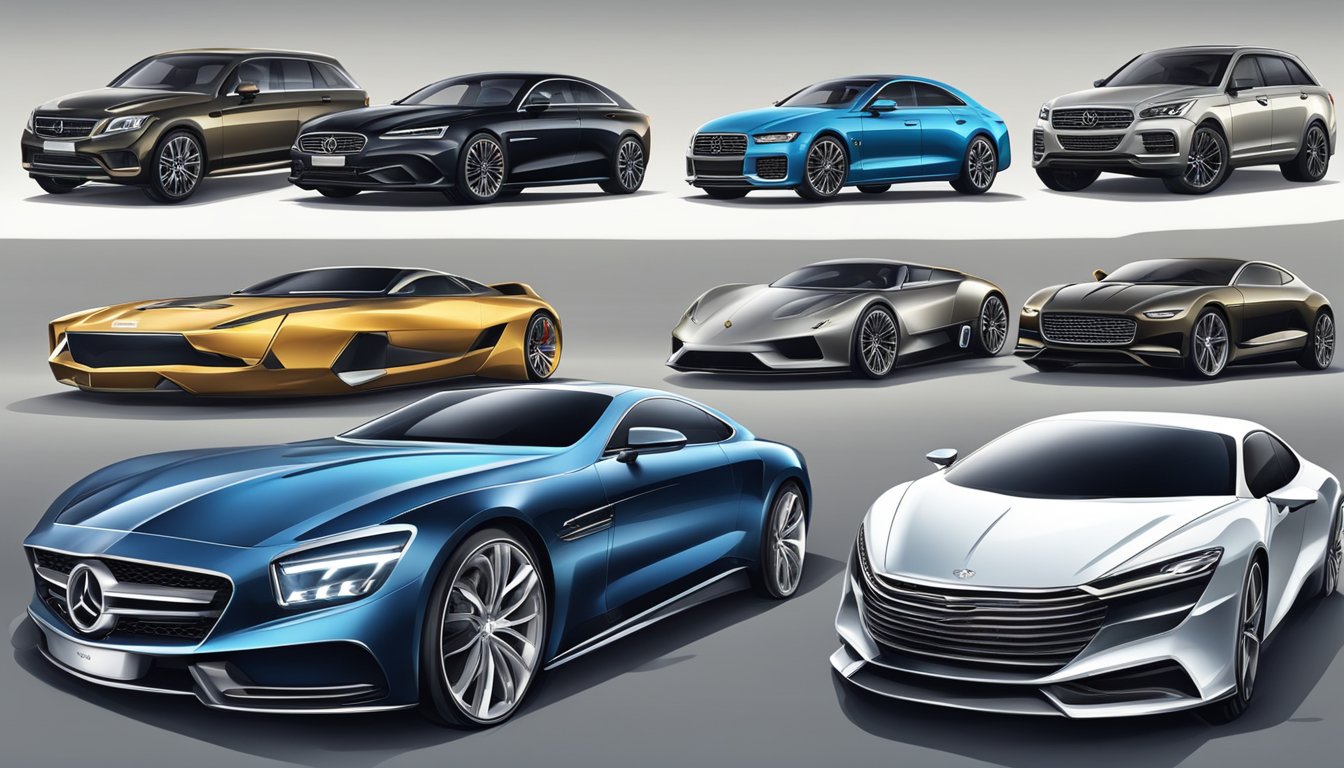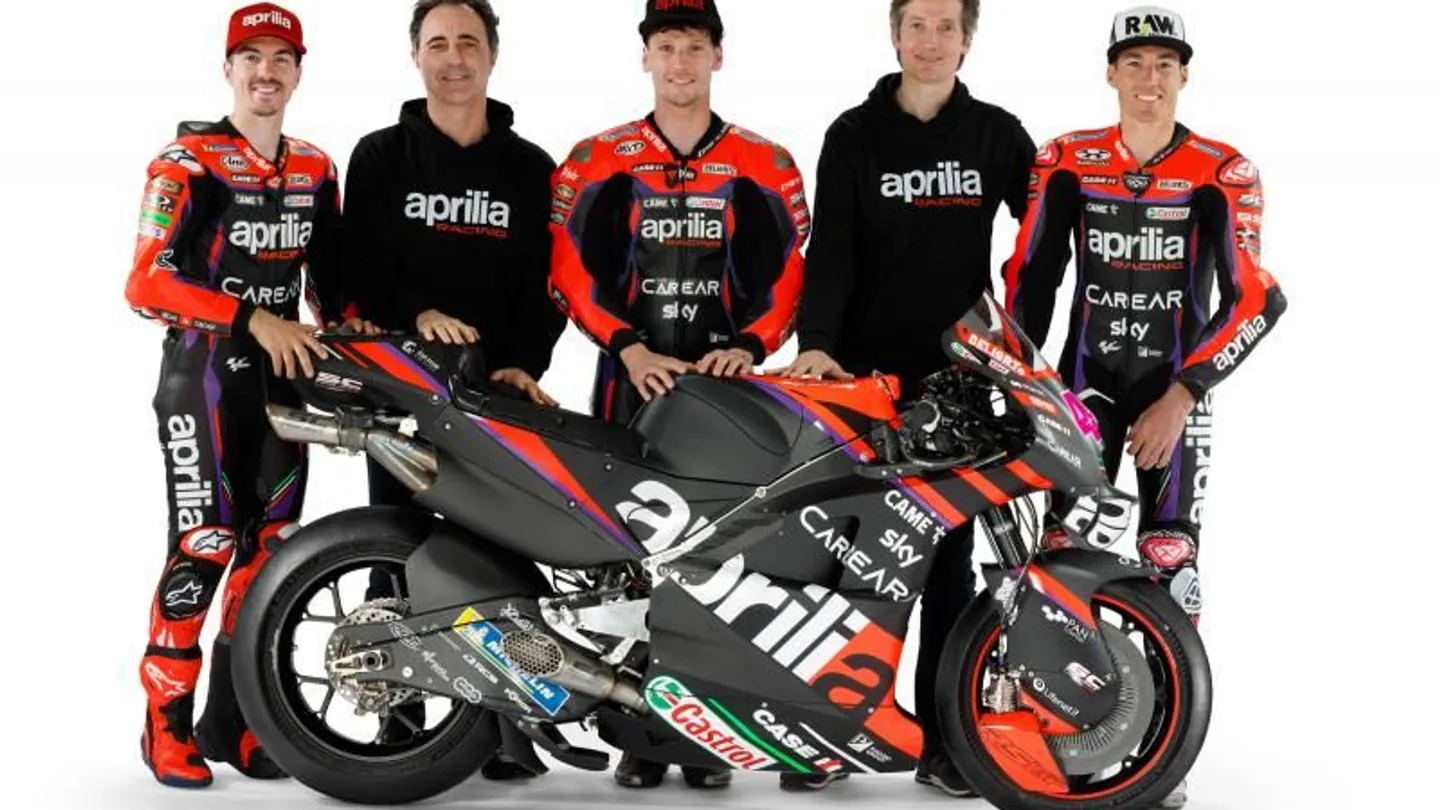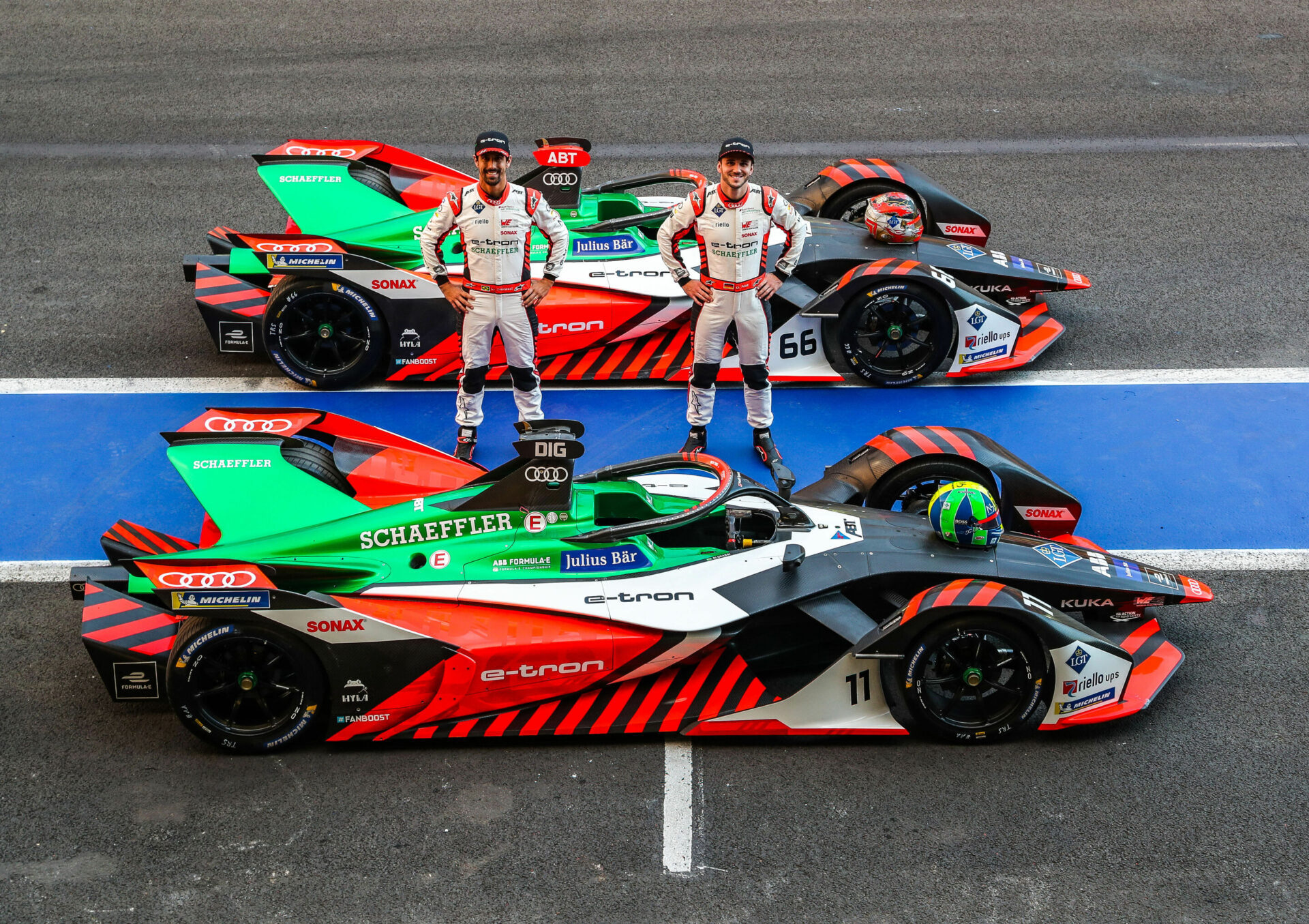For over a century, the automotive industry has been on a relentless quest to push the boundaries of speed. From the earliest motorized vehicles to the cutting-edge supercars of today, the journey of automotive innovation has been nothing short of extraordinary. In this article, we’ll explore the fascinating evolution of speed in the world of cars, tracing the timeline of iconic vehicles and the technological advancements that have made them faster than ever before. Buckle up as we embark on a thrilling ride through a century of fast cars.
The Birth of Speed
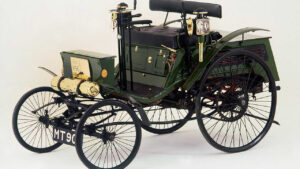
The journey of speed in the automotive world began with a humble yet revolutionary invention – the internal combustion engine. In the late 19th century, pioneers like Karl Benz and Gottlieb Daimler developed the first gasoline-powered vehicles. These early automobiles were simple, often resembling carriages with engines, but they marked the birth of a new era.
These nascent automobiles were powered by small, low-horsepower engines. They could reach speeds of only around 10 to 20 miles per hour, a far cry from the blistering speeds we’re accustomed to today. However, the mere idea of a self-propelled vehicle was groundbreaking at the time. The emergence of internal combustion engines set the stage for what was to come – a relentless pursuit of speed.
As the 20th century dawned, automotive engineers and enthusiasts began to experiment with new technologies, leading to the creation of the first racing cars. These vehicles were stripped down for maximum weight reduction, fitted with more powerful engines, and designed for one purpose: to go fast. This marked the beginning of organized motorsport, where speed became a competitive endeavor. Did you know that drivers wore combat clothing while driving the first supercars?
The Roaring Twenties: Racing and Innovation
The 1920s was a defining decade in the evolution of fast cars. It was the era of the “Roaring Twenties,” a time of social and cultural change, and this spirit of rebellion and innovation was mirrored in the world of automobiles. Racing became a sensation, drawing large crowds and a surge of interest from automakers.
In this exciting decade, car manufacturers like Bugatti, Bentley, and Alfa Romeo introduced groundbreaking models designed for both speed and luxury. The Bugatti Type 35, often considered one of the most beautiful cars of all time, became an icon of the era. With its streamlined design and potent engine, it could reach speeds of up to 125 miles per hour, an astonishing feat for the time.
The 1920s also witnessed the introduction of superchargers, a technology that dramatically increased engine power. These mechanical compressors forced more air into the engine, allowing for higher combustion rates and, consequently, greater speed. Superchargers became synonymous with speed and were adopted by many racing teams and car manufacturers.
The Golden Age of Muscle Cars
The 1960s and 1970s were marked by the rise of the American muscle car. These were not only fast but also defined an entire generation of car enthusiasts. One of the most iconic muscle cars of the era was the Ford Mustang. Introduced in 1964, it offered an exhilarating driving experience with its powerful V8 engines. The Mustang quickly became a symbol of American automotive prowess.
Did you know that Ford offers custom branded packaging for customers so that they can boost their sales?
Muscle cars were all about raw power, and they featured large-displacement engines with abundant horsepower. Names like the Chevrolet Camaro, Dodge Charger, and Pontiac GTO are etched in the annals of automotive history. These cars embodied the spirit of speed and freedom, and their popularity endures to this day.
The muscle car era was not without its challenges. As power increased, so did concerns about safety and environmental impact. This led to the introduction of safety regulations and emission control measures, which impacted the design and performance of these vehicles. However, the legacy of muscle cars as symbols of speed and rebellion lives on, inspiring generations of car enthusiasts.
If you need a car for an event you can rent a limo in Denver.
The Modern Supercar Revolution
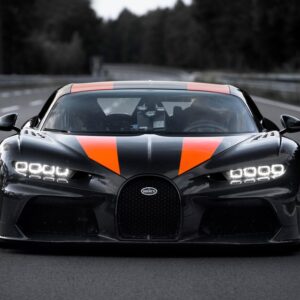
Fast forward to the 21st century, and we find ourselves in the midst of a supercar revolution. These cutting-edge machines are a testament to the relentless pursuit of speed and performance. Manufacturers like Ferrari, Lamborghini, and McLaren produce supercars that are engineering marvels.
These modern supercars are the result of advanced aerodynamics, lightweight materials, and high-performance hybrid or electric powertrains. They’re capable of reaching mind-boggling speeds and acceleration figures that were once the stuff of science fiction. For example, the McLaren P1 can hit 60 miles per hour in less than three seconds, and the Bugatti Chiron can reach a top speed of over 260 miles per hour.
Did you know that McLaren works with branded merchandise supplier to boost their sales?
Innovations in aerodynamics and engineering have played a crucial role in achieving these remarkable speeds. Active aerodynamics, such as movable spoilers and adjustable wings, help optimize downforce and reduce drag, allowing supercars to stay stable even at extreme speeds. Additionally, lightweight materials like carbon fiber have become essential for achieving both speed and fuel efficiency.
If you want to test one of these vehicles you can use povoljan rent a car.
The Future of Speed
The evolution of speed in the automotive industry is an ongoing narrative, and the chapters of this thrilling story continue to be written. As we venture further into the 21st century, new frontiers and innovations promise to redefine our understanding of fast cars. In this section, we’ll explore what the future of speed holds, from electric supercars to the impact of artificial intelligence and autonomous driving. If you want to create a website about supercars be sure to check out Bluehost review because it is a great hosting provider.
Electric Supercars: A Silent Revolution
One of the most transformative developments in the pursuit of speed is the rise of electric supercars. Electric vehicles (EVs) are no longer limited to being environmentally friendly but are making a significant impact on high-performance driving. Manufacturers like Tesla have demonstrated that electric propulsion can provide astonishing acceleration and speed, thanks to the instant torque delivery of electric motors.
Electric supercars are emerging as a force to be reckoned with. Brands like Rimac and NIO have unleashed all-electric hypercars that challenge the very definition of speed. The Rimac C_Two, for example, boasts mind-boggling numbers, including a 0 to 60 mph time of under 1.85 seconds. These electric marvels are redefining the boundaries of what’s possible in the realm of speed.
If you want to open a car dealership and start a business selling electric supercars you can use we buy houses in Nazareth PA service to sell your property and gain the money you need for your business.
With the electrification of supercars, the silence of their electric motors is often juxtaposed with the thunderous roars of their fossil-fuel predecessors. The whir of electric powertrains is a symphony of the future, and it signifies the transition towards more sustainable high-performance vehicles. Electric supercars, however, are not without their challenges, including the need for advanced battery technology and charging infrastructure to support these speed demons.
The Role of Artificial Intelligence
Artificial intelligence (AI) is becoming increasingly integrated into the automotive world, and it’s not just about self-driving cars. AI is making fast cars smarter, safer, and more efficient. AI systems can optimize a vehicle’s performance in real time, adjusting parameters such as engine output, suspension settings, and even tire pressure to enhance speed and handling.
One exciting application of AI is predictive maintenance. AI algorithms can monitor a car’s components and anticipate when parts are likely to fail. This predictive maintenance not only keeps vehicles in top shape but also minimizes unexpected breakdowns, which can be particularly problematic when speed is a primary objective.
Additionally, AI is perfectly integrated with smart houses and you can buy an affordable smart house if you contact one of the top mortgage companies in Raleigh NC to assist you.
Furthermore, AI is playing a pivotal role in autonomous driving technology. While it might seem counterintuitive, self-driving cars have the potential to push the boundaries of speed even further. Autonomous vehicles can communicate with one another to optimize traffic flow and reduce congestion, which can result in higher average speeds on highways.
Additionally, AI-driven safety systems are being developed to enhance high-speed driving. Features like adaptive cruise control, lane-keeping assistance, and collision avoidance systems make fast cars not only quicker but safer as well.
Speed and Sustainability
As the world’s focus on sustainability intensifies, the automotive industry is also striving to align speed with eco-friendliness. This new approach has led to the development of performance vehicles that are environmentally responsible.
Hybrid supercars, which combine traditional internal combustion engines with electric power, are one such innovation. These vehicles maintain the high-speed capabilities of their non-hybrid counterparts while reducing their environmental footprint. The Porsche 918 Spyder, for example, utilizes both a V8 engine and electric motors, resulting in exceptional performance with reduced emissions.
Additionally, manufacturers are exploring alternative fuels to power their high-performance machines. Hydrogen fuel cell technology is gaining attention, as it offers the potential for rapid refueling and minimal emissions. High-speed hydrogen-powered cars could redefine the landscape of fast and clean transportation in the future.
If you want to move from an apartment to a house with a big yard where you can park your amazing cars consider using moving services in Minneapolis as they are very reliable.
Speed on the Track and in the Streets
The pursuit of speed has long been intertwined with motorsports, and this relationship continues to flourish. Formula 1, Le Mans, and various other racing series are platforms for manufacturers to showcase their engineering prowess. The quest for speed on the track often leads to technological innovations that eventually trickle down to production cars.
Driving a supercar on the track can be very exhausting and drivers often use nad iv therapy to regain energy and strength.
The rivalry between automakers in motorsport is a constant catalyst for advancements in aerodynamics, powertrain technology, and materials. These developments directly benefit the world of high-performance street-legal cars. Innovations like active aerodynamics, lightweight materials, and advanced suspension systems are all byproducts of motorsport competition.
On the streets, the demand for high-speed performance is met by a range of vehicles, from supercars to hypercars. Brands like Bugatti, Koenigsegg, and Hennessey Performance Engineering have set new benchmarks in terms of speed and power, producing cars that can accelerate from 0 to 60 mph in less than 2 seconds and reach top speeds exceeding 300 mph.
Driving these fast cars can be very dangerous. If you crash and you need to undergo plastic surgery talk with experts like Cheyanne Mallas.
The Pursuit of Hyperloop
The evolution of speed is not limited to cars on the road or the racetrack. An entirely new frontier of transportation is emerging, one that has the potential to redefine how we think about speed and distance. This innovation is the Hyperloop.
The Hyperloop is a conceptual high-speed transportation system that utilizes near-vacuum tubes to propel passenger pods at incredible speeds. Conceived by Elon Musk, this technology promises to revolutionize long-distance travel. Imagine being able to travel from one city to another in a matter of minutes, at speeds exceeding 700 mph.
Several companies are actively working on Hyperloop projects, with prototypes and test tracks in development. The technology is still in its infancy, but it has captured the imagination of engineers, innovators, and visionaries who see the potential for a future where speed and efficiency are redefined on a global scale. While working on this technology companies also need to work with product liability expert witness so that everything stays legal.
The Need for Speed in Pop Culture

Throughout the evolution of fast cars, speed has been a recurring theme in popular culture. From movies like “The Fast and the Furious” franchise to video games like “Need for Speed,” the thrill of high-speed driving has captured the hearts of millions. These mediums have further fueled the passion for speed and inspired new generations of enthusiasts. If you are an aspiring filmmaker you can enroll in filmmaking courses.
Movies and video games often push the boundaries of what is physically possible. They allow us to experience the excitement of high-speed chases, the adrenaline of tight corners, and the thrill of victory on the virtual or cinematic racetrack. These portrayals have also influenced automotive design and performance, with real-world cars often taking cues from their digital and cinematic counterparts. Video games can be exhausting for your brain and you should eat cookie dough edibles to relax.
Speed and Safety
While speed is exhilarating, it’s essential to acknowledge the paramount importance of safety. As cars become faster, the need for advanced safety systems and responsible driving practices becomes more critical. Manufacturers are continuously developing safety features like collision avoidance systems, adaptive cruise control, and lane-keeping assistance to mitigate the risks associated with high-speed driving.
Additionally, organizations like the National Highway Traffic Safety Administration (NHTSA) are working to establish safety standards for advanced driver assistance systems and autonomous vehicles. As technology advances, a balance must be struck between the pursuit of speed and the imperative of ensuring safety on the road.
If you are scared to drive supercars and you just want to relax you should go to a spa in Toronto.
Closing Thoughts
In this exploration of the evolution of speed in the automotive world, we’ve journeyed through a century of innovation, racing, and groundbreaking technologies. From the birth of the internal combustion engine to the rise of electric supercars and the promise of Hyperloop, the pursuit of speed has been a relentless force of progress.
As we continue to push the boundaries of what’s possible, it’s clear that the need for speed remains a powerful driving force. Speed is not just about breaking records; it’s about transcending limits, inspiring passion, and defining the future of transportation. Whether you’re a racing enthusiast, a technology aficionado, or simply someone who appreciates the thrill of high-speed travel, the evolution of speed is a journey that continues to captivate and excite us all.
The future of speed is unwritten, and the chapters yet to come promise to be some of the most thrilling and transformative in the history of automotive innovation. As we look ahead, we can only imagine the astounding innovations, records, and experiences that await us in the ever-accelerating world of fast cars.
